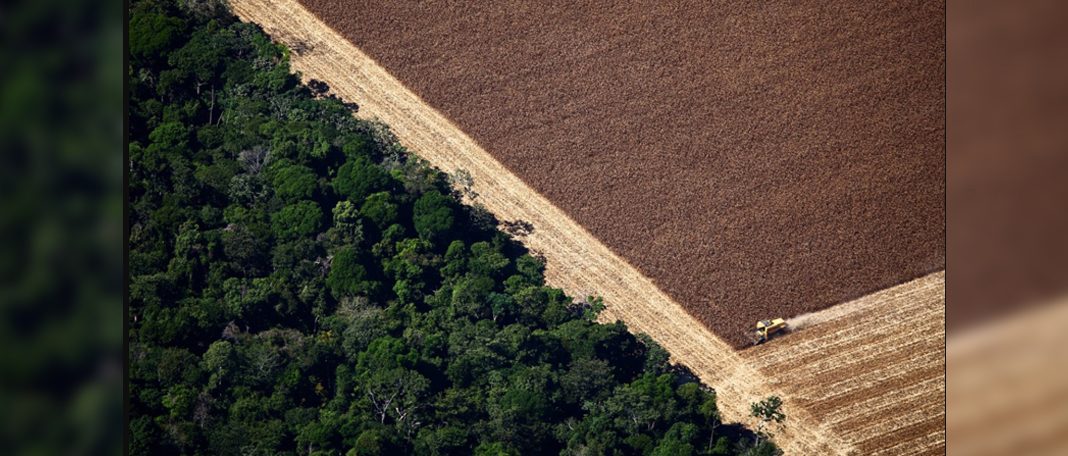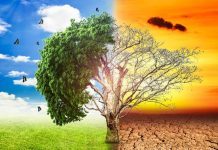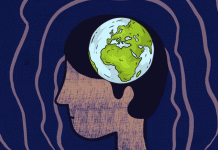According to the resource, deforestation in Brazil’s Amazon forest has seen the worst level over the past 15 years. Along with deforestation wildfire has also caused so many negative impacts in the world. Based on the report provided by Brazil’s space research agency, since 2006, Brazil’s Amazon forest deforestation has increased by 22%.
Through PRODES satellite data, they found that around 13,235 square kilometers (5,110 square miles) of deforestation has occurred in the world’s largest rainforest between the 2020-2021 period which is 17 times equal to the size of New York City.
During the COP26 climate summit, Brazil is one among the many nations that promised to end deforestation and reverse the process by 2030. Brazil has also taken a global pledge to 100 other nations that they will eliminate deforestation by the end of 2030.
Some scientists even warned that if deforestation continues, it would lead to a tipping point, dry out, and the Amazon will be turned into Savannah. If deforestation continues there will be a huge amount of carbon discharge that might lead to the worst effects of climate change.
Everyone knows that Amazon is the biggest home to many species. From plants to animals and human beings, there are 40,000 plant species, 3,000 types of fish, 1,300 bird species, 430 mammals, 2.5 million different kinds of insects, and also 21 million people call Amazon their home including the 50 remote tribes.
The Amazon forest is also a vital carbon store that slows down the pace of global warming. The trees in the Amazon forest absorb a vast amount of carbon dioxide in order to keep the planet from getting warm. The vast majority of the oxygen that we breathe and the intake comes from the microorganisms that live in Amazon.
For every single second, around 1.5 acres of Amazon vanishes, and an average of 137 species becomes extinct each day. Deforestation in the Amazon alone accounts for 30% of global carbon emissions.
If things continue the way they are, there won’t be anything left in 40 years. Most of the destruction is to make room for pastures to raise cattle, so it’s probably about time we consider taking care of our own land.


















